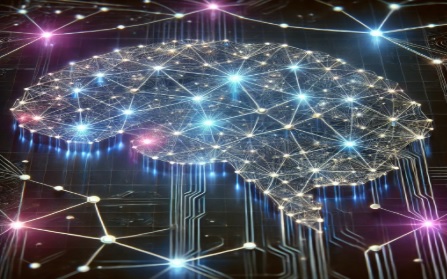

|
Feature |
Brain’s Neural Network |
Artificial Neural Network (ANN) |
|---|---|---|
|
Composition |
Made up of biological neurons. |
Built from artificial nodes. |
|
Signal Transmission |
Uses electrochemical signals via synapses. |
Uses mathematical functions and weights. |
|
Learning Process |
Neurons form and strengthen connections through experience. |
Adjusts weights and biases during training. |
|
Adaptability |
Highly adaptable, capable of continuous learning. |
Requires retraining for new tasks. |
|
Efficiency |
Energy-efficient and capable of parallel processing. |
Computationally intensive and requires high processing power. |
|
John J. Hopfield and Geoffrey Hinton have been awarded the Nobel Prize in Physics 2024 for their foundational discoveries and inventions, which enable Machine Learning (ML) with Artificial Neural Networks (ANNs). |

Our support team will be happy to assist you!
